

Landscaping rocks shape outdoor spaces with both beauty and function. They work for gardens, walkways, patios, and water features. Rocks last longer than mulch and need less upkeep. Choosing the right type depends on cost, look, and use. Local sourcing saves money and ensures timely delivery. This guide covers rock types, uses, prices, and buying tips.
Key Takeaways (Quick Facts at the Top)
- Popular Types: River rocks, pea gravel, lava rock, crushed granite, flagstone.
- Cost Ranges: From $30 per ton for gravel to $200 per ton for flagstone.
- Best Uses: Pea gravel for paths, lava rock for gardens, flagstone for patios.
- Local Sourcing: Cuts delivery costs and speeds up service.
- Measuring Needs: Multiply length × width × depth. Convert to cubic yards or tons.
Understanding Different Types of Landscaping Rocks

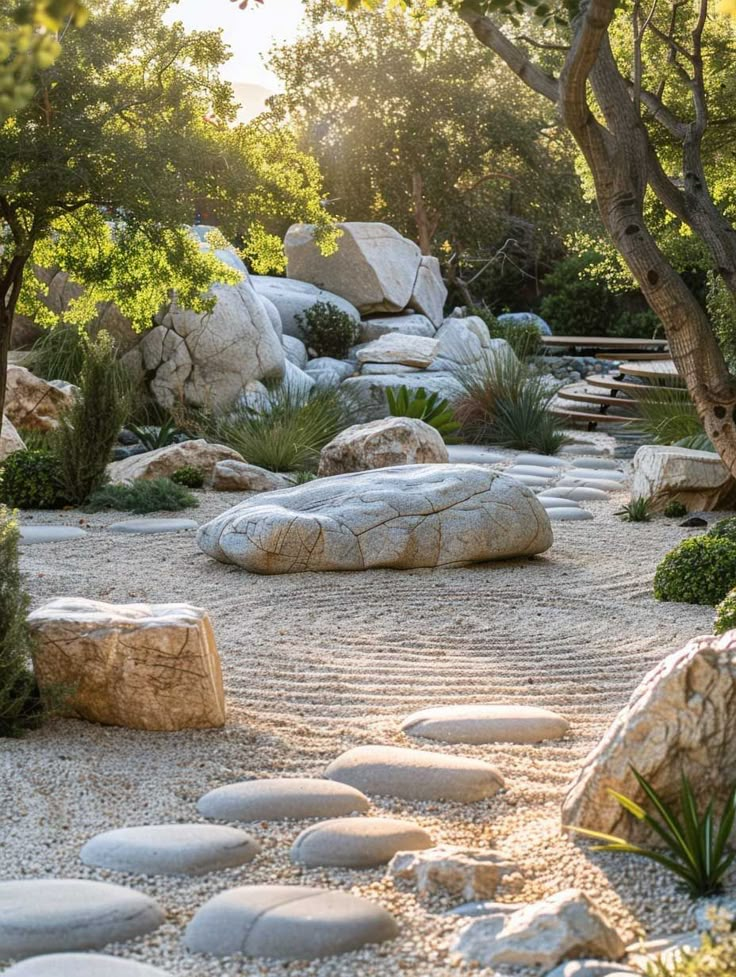
Different rocks serve different purposes in landscaping. Some add decoration, others provide strength for walkways or patios. Below are the most common choices.
River Rocks
Smooth, rounded stones shaped by water. Available in mixed colors and sizes. Great for borders, ponds, and dry creek beds. The best options for the fountains are the Basalt Columns.
Pea Gravel
Small, round stones about the size of peas. Works well for paths, driveways, and play areas. Affordable and easy to spread.

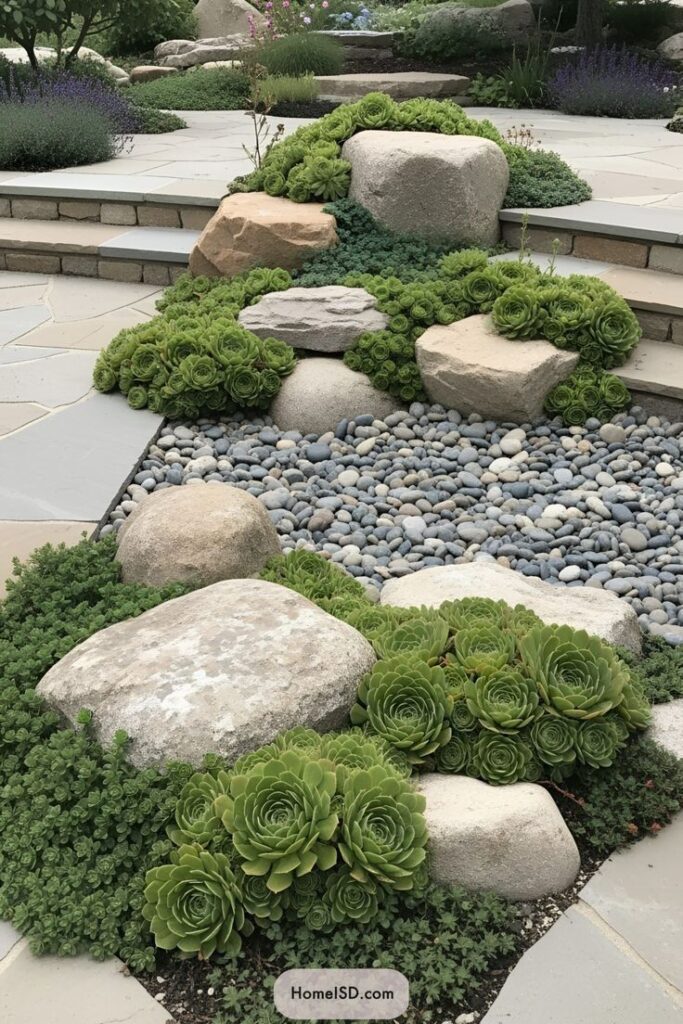
Lava Rock
Lightweight and porous. Usually red or black. Retains heat and keeps soil moist. Often used in gardens and around trees.
Crushed Granite
Fine, sharp-edged gravel. Creates firm surfaces for patios and walkways. Provides a clean, modern look.
Flagstone
Flat, wide slabs of rock. Best for patios, steps, and outdoor seating areas. Known for durability and natural appearance.
Decorative Rocks
Polished or colored stones. Used for accents in gardens, planters, or around fountains. Chosen more for looks than function.
Understanding Different Types of Landscaping Rocks
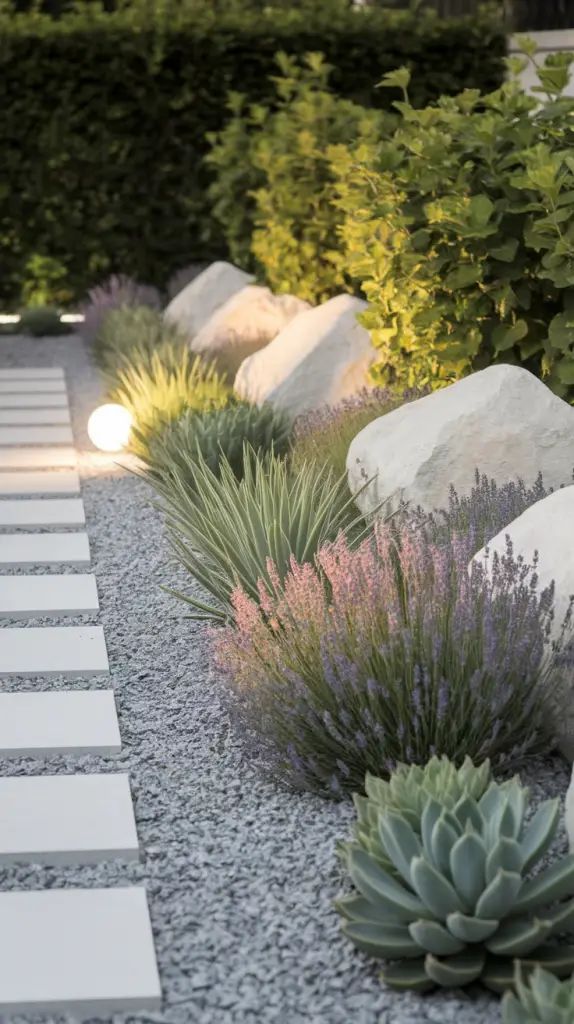

Decomposed Granite (DG)
Fine particles of weathered granite. Creates smooth, compact surfaces. Perfect for paths, driveways, and garden trails.
Crushed Granite Gravel
Larger and sharper than DG. Used for patios, walkways, and driveways. Provides a firm base and natural look.
Pea Gravel
Small, rounded stones about 3/8 inch. Affordable and versatile. Common for playgrounds, dog runs, and casual walkways.
Lava Rock
Light and porous. Available in red or black. Retains heat and limits weed growth. Best for flower beds and gardens.
River Rock & Pebbles
Smooth stones shaped by water. Sizes range from pebbles to large river rocks. Ideal for drainage, edging, and water features.
Flagstone
Flat slabs of sandstone, limestone, or slate. Used for patios, steps, and outdoor seating. Durable and attractive.
Brick Chips
Crushed pieces of recycled brick. Bright red color adds contrast in gardens. Works as mulch replacement.
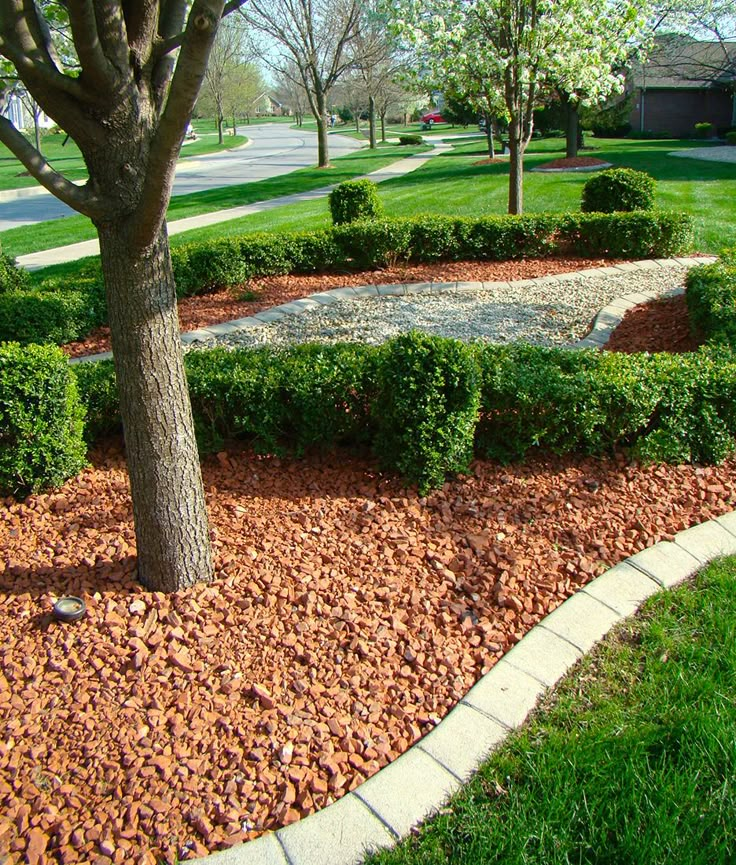

Marble Chips
White, reflective stones. Brighten shaded areas and garden beds. Popular for decorative borders and accents.
Cobblestone
Rounded, durable stones. Often used in driveways, edging, or historic-style pathways. Adds a classic look.
Fieldstone
Natural, irregular rocks are found in fields. Used for retaining walls, borders, and rustic landscaping.
Boulders (Apache, Onyx, Gold, etc.)
Large stones that serve as focal points. Available in many colors and textures. Used in gardens, yards, and commercial landscapes.
Specialty Stones (Quartzite, Mexican Pebbles, Onyx)
High-end stones with unique colors. Chosen for premium landscaping and modern designs. Often imported.
Decorative Landscape Rock Types
Polished or colored blends. Add visual appeal to gardens, fountains, or planters. Selected mainly for style.
Local Stone Varieties
Region-specific stones, like Arizona sandstone or Texas limestone. Support local suppliers and cut delivery costs. Boost trust and SEO with local sourcing.
How to Choose the Right Landscaping Rock
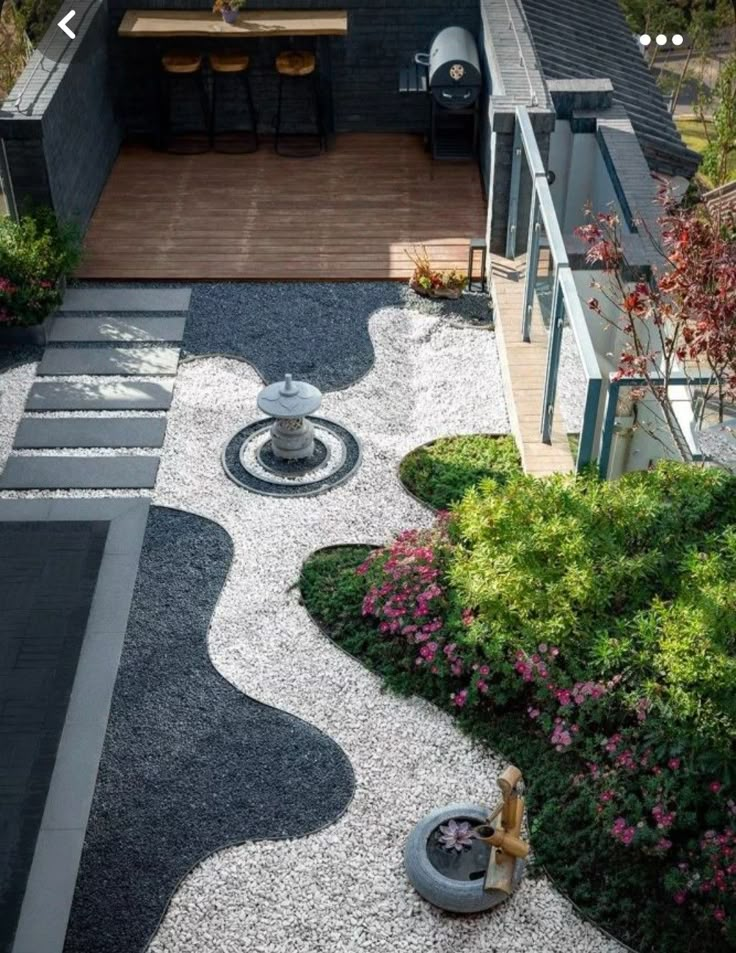

Climate Compatibility
Pick rocks that can handle your local weather. Freeze-thaw cycles may crack some stones. Heat can fade lighter colors.
Aesthetic Fit with Home/Business Design
Match rock color and size to the property style. Neutral tones blend with modern homes. Natural textures suit rustic settings.
Functional Use (Drainage, Erosion Control, Pathways)
Choose rocks that serve a purpose. River rocks improve drainage. Cobblestones control erosion. Pea gravel works for pathways.
Durability & Maintenance Needs
Select rocks that last in your project. Flagstone and boulders resist heavy wear. Lava rock and marble chips need more upkeep.
Budget and Cost per Ton / per Cubic Yard
Compare costs before buying. Gravel starts around $30 per ton. Flagstone and specialty rocks can reach $200 or more.

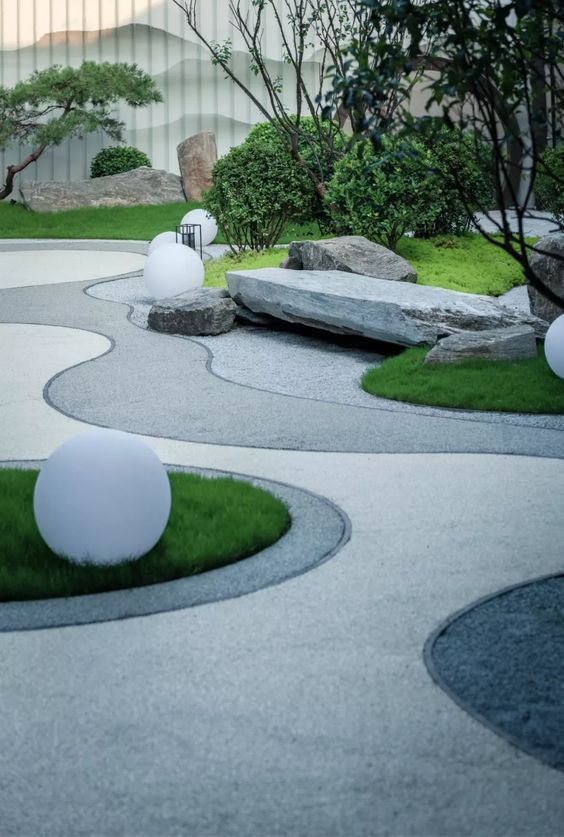
Local Availability
Use stones from nearby quarries or suppliers. This lowers delivery costs and builds trust. Calculating Quantity Accurately
How to Measure Area (length × width)
Measure the project area in feet. Multiply length by width. This gives square footage. Always round up slightly for accuracy.
Setting the Right Depth (based on stone type)
Depth depends on rock size. Use 2 inches for pea gravel. Go 3–4 inches for larger stones. Decomposed granite needs about 2 inches.
Simple Rock Calculator
Divide square footage by coverage per ton. Each stone type covers differently. Call us for a free estimation tailored to your project.
Delivery & Professional Installation vs. DIY
DIY works for small areas. Large projects benefit from professional help. Experts handle hauling, spreading, and leveling. This saves time and reduces mistakes.
Mentioning local rocks also improves search visibility.
Cost Guide for Landscaping Rocks

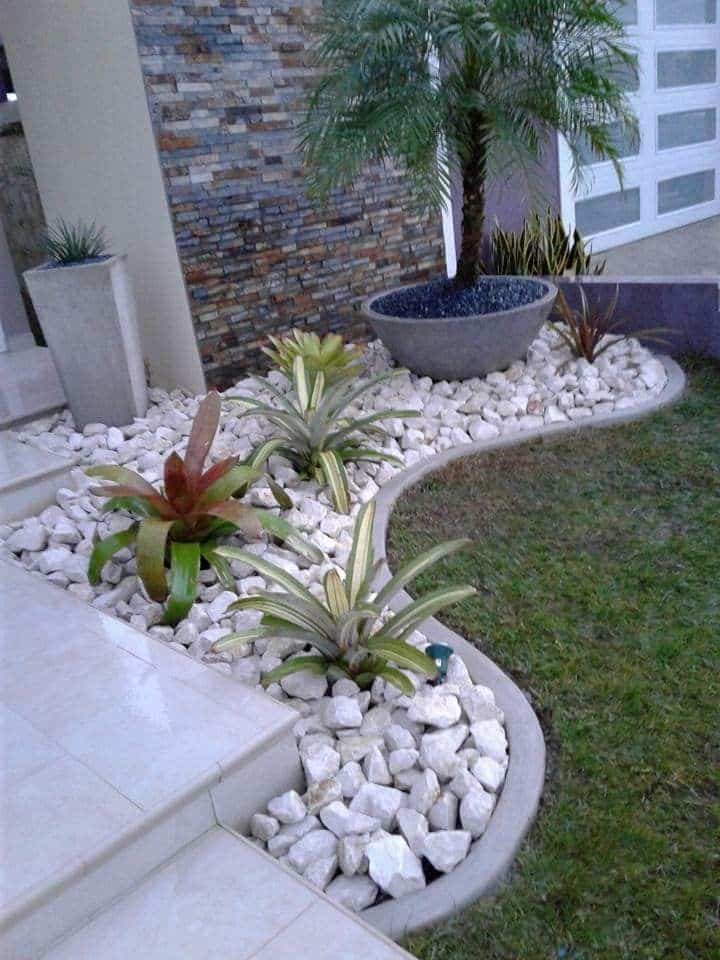
Average Prices by Type (per ton, per yard)
- Pea Gravel: $30–$60 per ton, $40–$70 per cubic yard
- Decomposed Granite: $40–$80 per ton, $50–$90 per cubic yard
- Crushed Granite Gravel: $50–$90 per ton, $60–$100 per cubic yard
- Lava Rock: $80–$140 per ton, $90–$150 per cubic yard
- River Rock & Pebbles: $100–$180 per ton, $110–$190 per cubic yard
- Flagstone: $150–$200+ per ton, sold mostly by weight per pallet
- Marble Chips: $120–$180 per ton, $130–$190 per cubic yard
- Cobblestone: $130–$200 per ton, varies by size and source
- Boulders: $100–$600+ per ton, price changes with size and type
- Specialty Stones: $200+ per ton, premium blends cost more
(Reference: HomeAdvisor Landscaping Rock Costs)
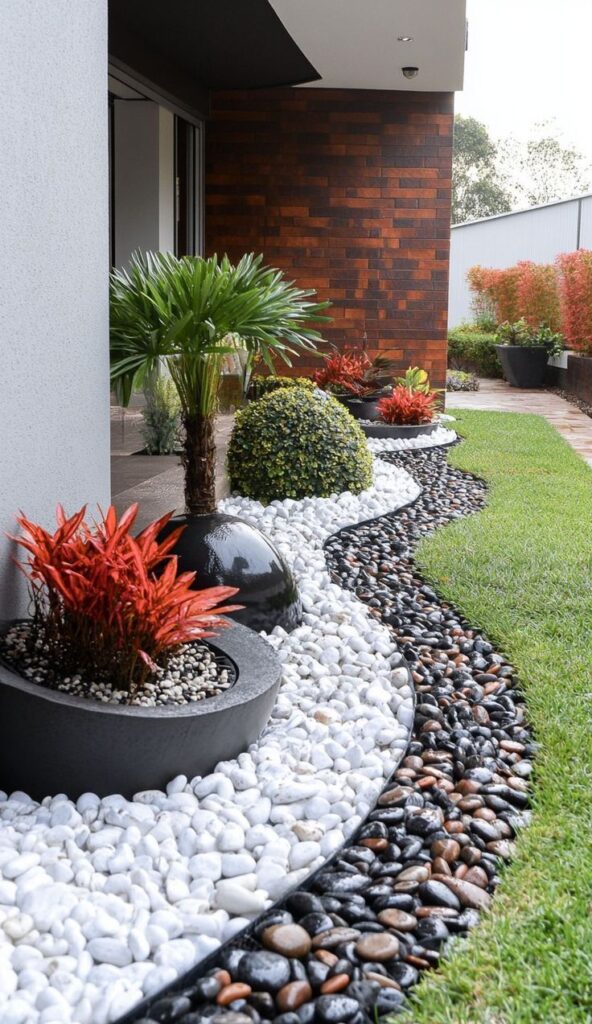

Factors That Impact Pricing (distance, size, grade)
- Distance from quarry: Delivery costs rise with miles traveled.
- Stone size: Larger stones and boulders cost more to haul and place.
- Quality grade: Polished, premium, or imported stones come at higher prices.
- Order size: Buying in bulk lowers per-ton cost. Small loads cost more.
Local vs Imported Stone – Cost Comparison
- Local Stone: Usually 20–30% cheaper. Delivery is faster and more reliable.
- Imported Stone: Costs more due to shipping and handling. Chosen for unique colors and textures.
- Local options support nearby quarries and improve trust with buyers.
Benefits of Using Landscaping Rocks
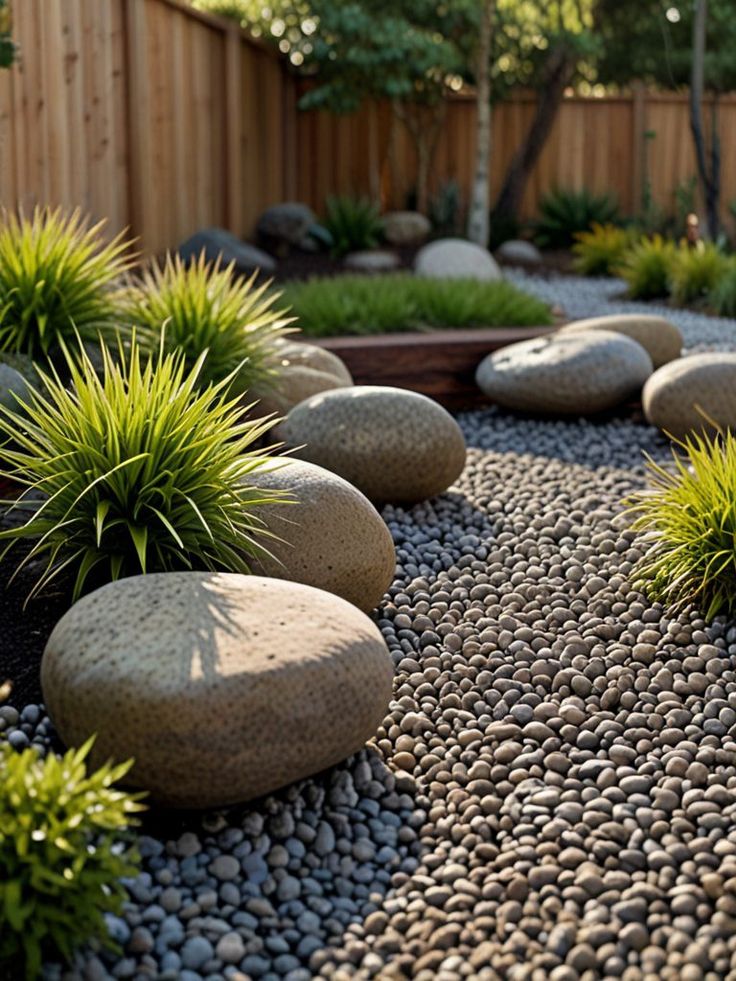
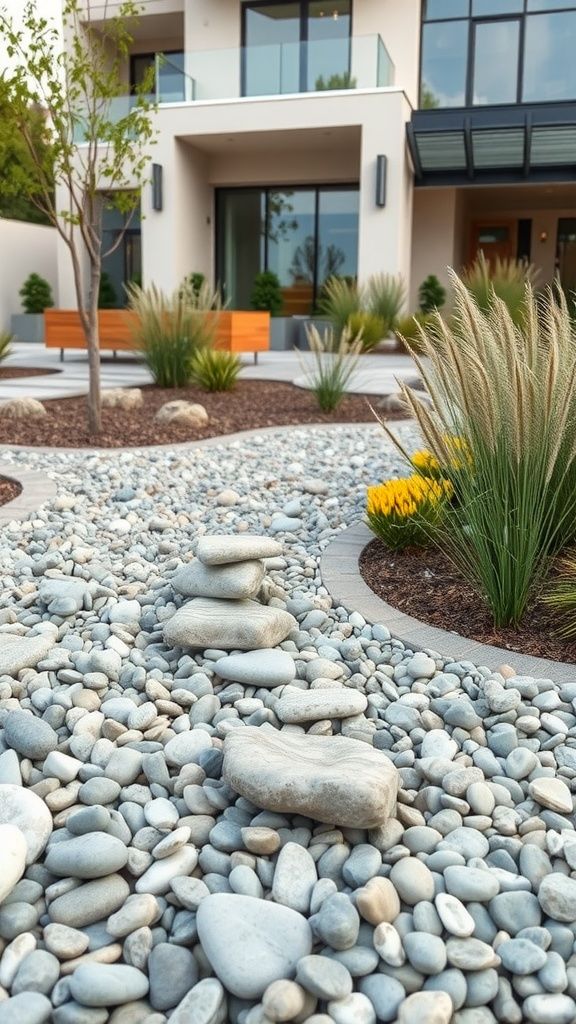
Low Maintenance Landscaping
Rocks need little care once placed. They don’t rot or blow away. Fewer replacements mean less work and cost.
Eco-Friendly Option
Rocks reduce water use by holding soil moisture. They also limit weed growth. Unlike mulch, they don’t need chemicals for upkeep.
Improves Property Value
A neat, well-designed yard adds curb appeal. Buyers notice durable and attractive landscaping. Rocks make outdoor spaces look more polished.
Long-Lasting Compared to Mulch or Wood
Wood chips and mulch break down quickly. Rocks last for decades with minimal change. They provide value long after installation.
Maintenance & Care Tips

Cleaning Methods (washing, raking)
Rake rocks regularly to remove leaves and debris. Hose them down to restore color and shine. Use mild soap for decorative stones.
Weed Prevention Techniques
Lay landscape fabric before placing rocks. Reapply gravel or mulch edging where gaps form. Spot-treat weeds early to stop spread.
Sealing & Protecting Decorative Stones
Apply stone sealant on marble, flagstone, or specialty stones. This keeps colors bright and prevents staining. Reapply every two to three years.
Seasonal Maintenance Checklist
- Spring: Rake out winter debris. Wash stones to freshen surfaces.
- Summer: Check for weeds. Add more rocks if areas sink.
- Fall: Clear leaves before they rot and stain surfaces.
- Winter: Inspect for freeze damage. Avoid salt near decorative stones.
Where to Buy Landscaping Rocks Near You


Local Stone Yards & Quarries (build local trust)
Visit nearby stone yards or quarries for direct sourcing. Local suppliers know regional rock types. Buying close builds trust and supports the community.
Delivery Areas We Cover
We deliver rocks to homes, businesses, and job sites in our service area. Call to confirm if we cover your location. Quick delivery saves time and labor.
Bulk Ordering vs Small Projects
Contractors often need bulk loads for large jobs. Homeowners may order smaller amounts for gardens or pathways. We handle both with flexible delivery options.
Customer Support & Tools

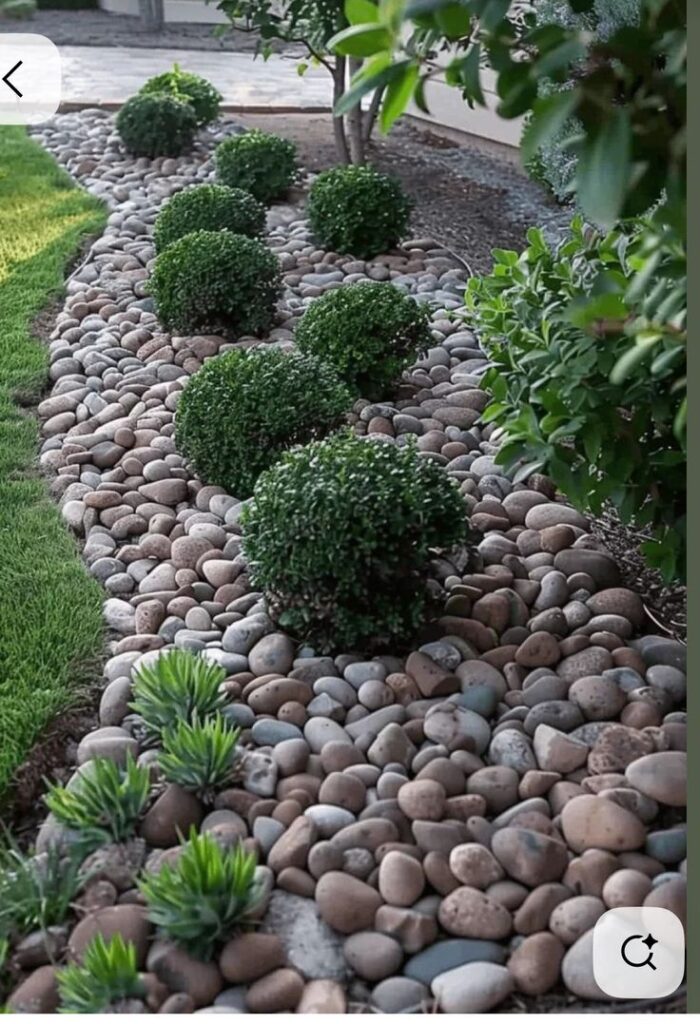
Material Estimator Tools (interactive calculator)
Use our rock calculator to plan your project. Enter area size and depth. Get instant estimates for tons or yards needed.
Professional Advice (call support)
Our team answers questions about rock types, costs, and uses. Call us for free advice and project guidance.
Delivery Scheduling & Logistics
We arrange delivery times that fit your schedule. Our trucks handle small and large loads. Tracking ensures reliable drop-offs.
Quality Guarantee & Return Policy
We provide quality stone from trusted quarries. If the material doesn’t meet standards, returns and replacements are available. Your satisfaction comes first.
Damaged or delayed shipments. Relying on nearby suppliers keeps projects on schedule.
Project Inspiration & Case Studies
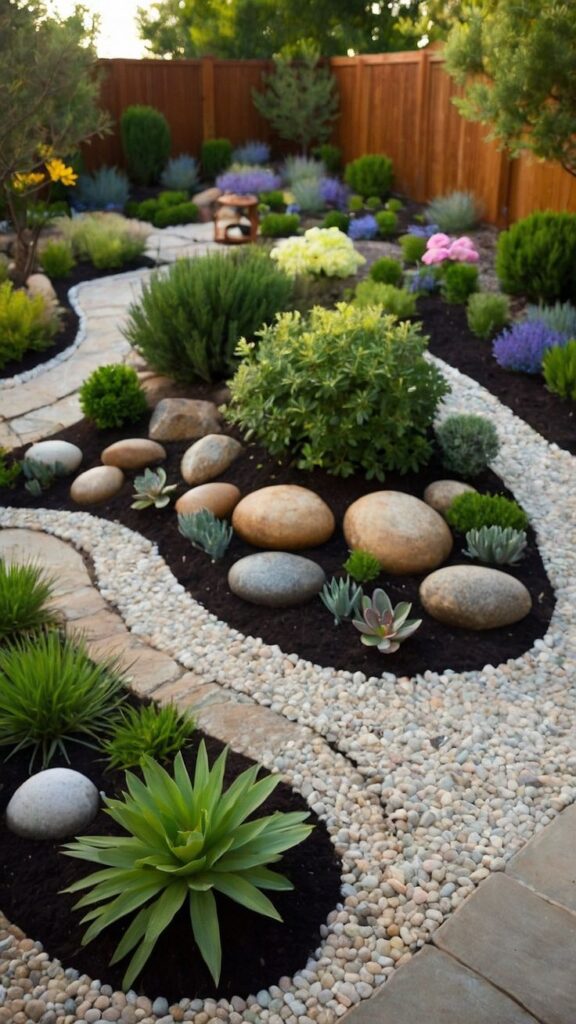

Residential Landscaping Examples
Homeowners use pea gravel for garden paths and patios. River rocks highlight ponds and flower beds. Flagstone creates strong, stylish walkways.
Commercial Projects
Businesses use boulders for entry features. Cobblestones line parking areas. Decorative stones enhance office courtyards and public spaces.
Before & After Gallery
See how plain yards turn into standout landscapes. Compare empty spaces with finished patios, gardens, and driveways using natural stone.
Customer Testimonials (adds trust + authority)
Our customers share their success stories. They note quick delivery, fair prices, and lasting results. Positive feedback builds trust and confidence.
Frequently Asked Questions

Best landscape rock types for dry climates?
Lava rock and decomposed granite work well in hot, dry areas. They hold moisture and resist sun damage.
Can I mix different landscape rock types?
Yes, mixing adds texture and contrast. Many homeowners pair pea gravel with larger river rocks or boulders.
How much does delivery cost?
Delivery usually ranges from $50 to $200. Cost depends on distance, load size, and supplier policies.
Can I install landscaping rocks myself?
Yes, smaller projects like garden paths are DIY-friendly. Larger jobs often need professional equipment and labor.
How often should decorative landscape rocks be cleaned?
Wash stones with water once or twice a year. Use mild soap for polished or marble chips to prevent staining.
- 0shares
- Facebook0
- Pinterest0
- Twitter0



